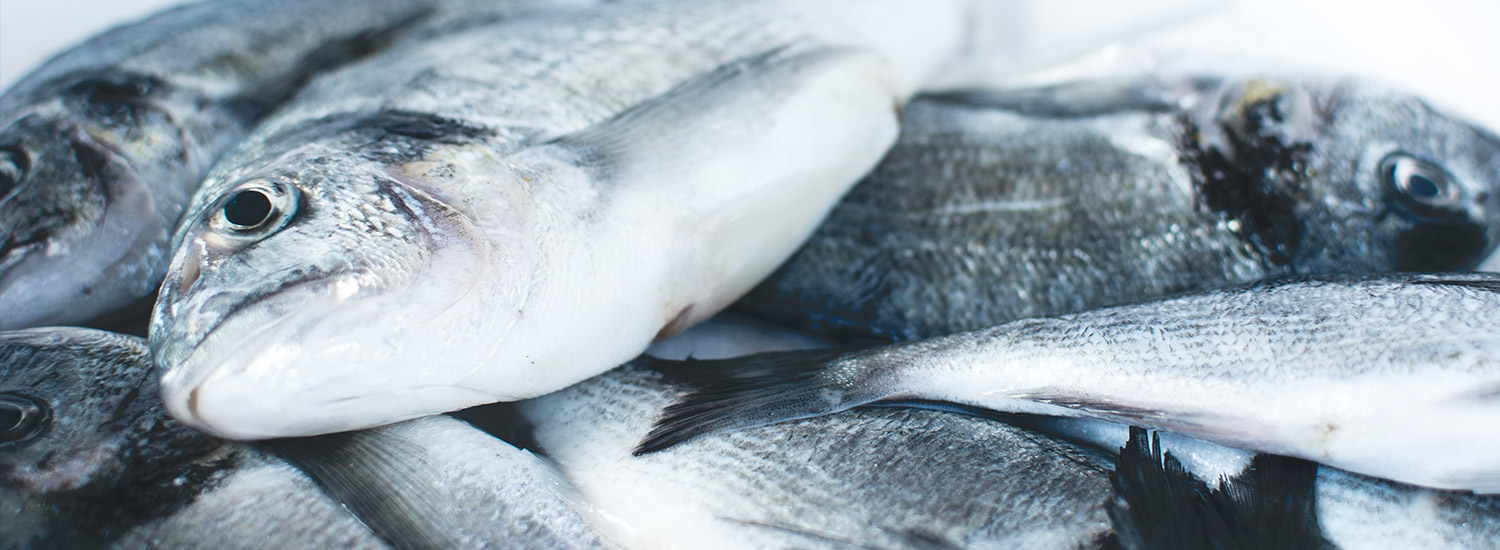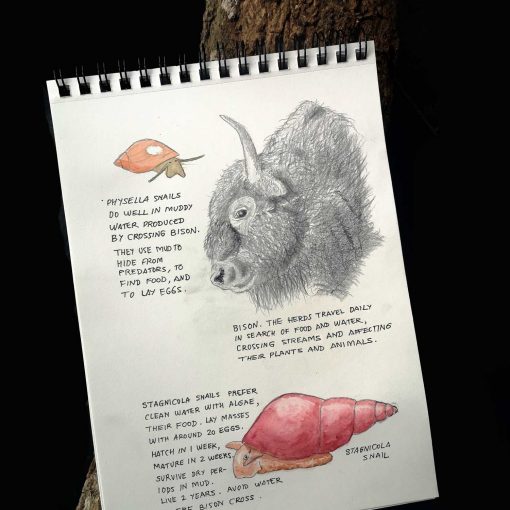You may not know of “bioaccumulation” and “biomagnification”, but it has a lot to do with your health!

The term bioaccumulation refers to the process of accumulating a substance within the tissues of an organism. It is often used in the context of harmful substances such as pesticides and heavy metals. Biomagnification occurs when the concentration of such substances increases along the food chain. For example, plants and algae may absorb contaminants from the water and accumulate them in their tissues. Herbivore fish will consume these in great quantities throughout their lifetime and will not be able to excrete these toxins and therefore the contamination is “biomagnified”. As we move along the food chain, predatory fish consume other animals that may have medium levels of these substances accumulated within their tissues. Therefore, the amount of biomagnification will reach the highest levels on these type of long-lived predators.
Consuming predatory fish makes us part of the biomagnification chain and this can affect human health. For this reason, the Food and Agriculture Organization of the United Nations (FAO) has established a recommended level of maximum weekly intake for substances that are known to bioaccumulate. One of these substances is mercury – a heavy metal that cannot be digested and instead becomes accumulated within the fatty tissues. Based on international standards, the maximum legal limit of mercury in fish is 1 milligram per kilogram.
Mercury is a heavy metal that cannot be digested and becomes bioaccumulated.
Researcher Javier Rodríguez, from the Urban Ecology Laboratory of the Universidad Estatal a Distancia (UNED) in Costa Rica, analyzed the concentration of mercury within the tissues of tuna and sharks. These fish tend to accumulate high levels of mercury because they are the top predators of the oceans and can live for more than 20 years. He took samples from 439 lots of tuna and 421 lots of sharks and found that 7.1% of tuna lots and 20.7% shark lots were above the legal limit established by the FAO. These results may motivate people to more carefully choose the species of fish they consume and favour smaller, short-lived species, in order to avoid high levels of mercury in their diets.





Una idea sobre “Watch your mercury!”
Thanks a lot for the post.Really thank you! Cool.